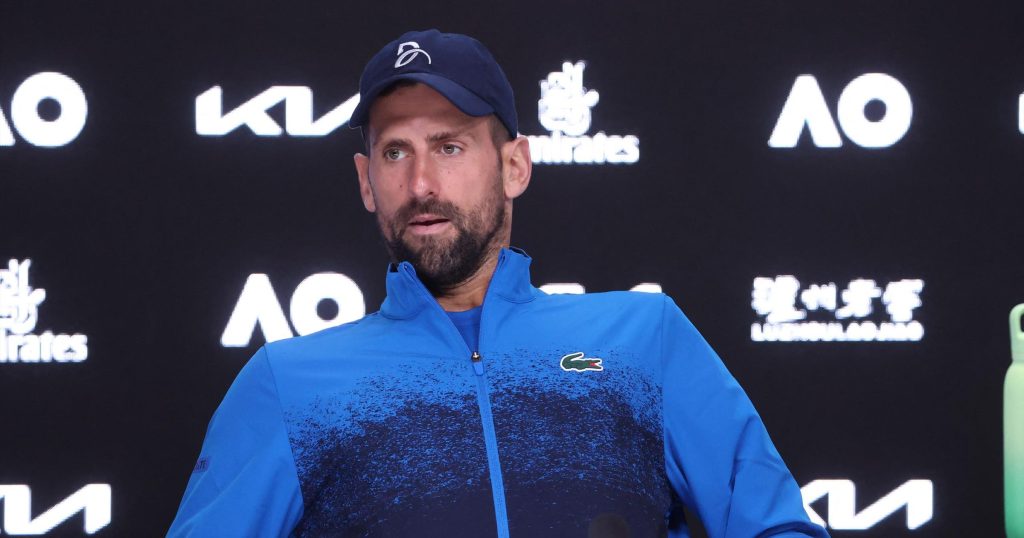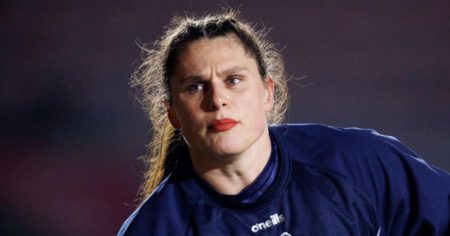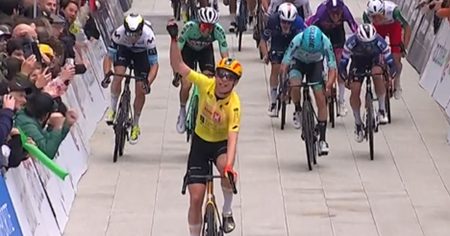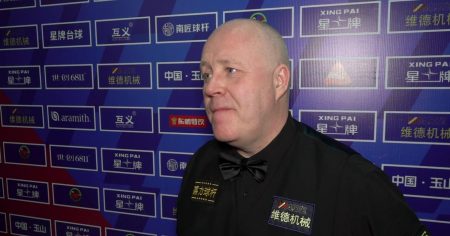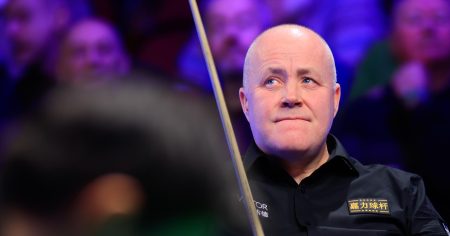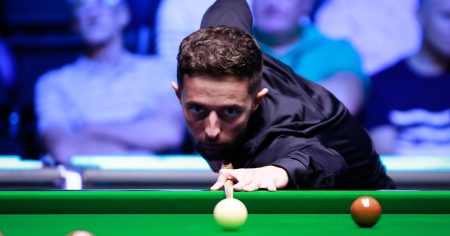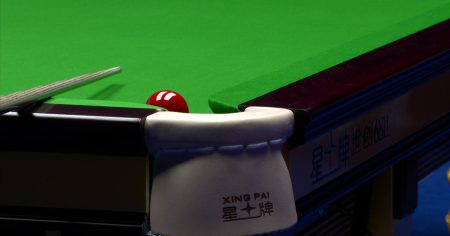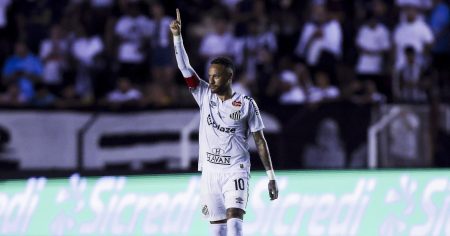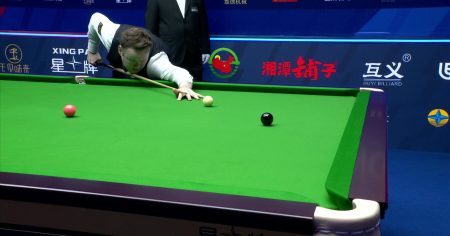Novak Djokovic’s triumphant progression to the semi-finals of the 2023 Australian Open was tinged with anxiety as the Serbian tennis star expressed concerns about a hamstring injury sustained during his quarter-final clash against the young Spanish sensation, Carlos Alcaraz. While Djokovic ultimately prevailed in a hard-fought four-set victory, the physical toll of the match, particularly on his left hamstring, left him questioning his ability to maintain peak performance in the crucial matches ahead. The injury, initially sustained earlier in the tournament, appeared to reaggravate during the intense rallies and explosive movements demanded by Alcaraz’s dynamic playing style. Djokovic acknowledged the severity of the situation, admitting to feeling hampered by the recurring issue and highlighting the need for aggressive treatment and recovery in the limited time available before his next match.
The hamstring strain cast a shadow over Djokovic’s otherwise impressive display of resilience and tactical brilliance. Against a formidable opponent in Alcaraz, the seasoned champion showcased his signature mental fortitude and court coverage, adapting his game to manage the physical limitations imposed by the injury. He strategically employed variations in pace and shot selection, conserving energy while capitalizing on opportunities to dictate play. Despite moments of visible discomfort and restricted movement, Djokovic’s experience and strategic acumen allowed him to weather the storm and ultimately overcome the spirited challenge of the young Spaniard. The victory, however, came at a potential cost, raising questions about his physical preparedness for the demanding matches that lay ahead in his pursuit of a record-extending tenth Australian Open title.
The nature of hamstring injuries, particularly in the context of high-intensity athletic competition, presents a complex challenge for athletes. These muscle strains, often caused by sudden bursts of speed or forceful contractions, can vary in severity from minor pulls to complete tears. The healing process typically requires rest and rehabilitation, with the recovery timeline fluctuating depending on the extent of the damage. In Djokovic’s case, the recurring nature of the injury suggests a potentially underlying weakness or incomplete healing from the initial strain. This poses a significant hurdle, as re-injury is a common concern, particularly when returning to strenuous activity before the affected muscles have fully recovered. The limited time available between matches at a Grand Slam tournament further complicates matters, placing immense pressure on the medical team to effectively manage the injury and minimize the risk of further aggravation.
Djokovic’s concerns extend beyond the immediate discomfort and potential limitations in movement. A persistent hamstring issue can significantly impact various aspects of his game, hindering his ability to generate power, execute quick changes of direction, and maintain the consistent intensity required for prolonged rallies. The restricted mobility can also compromise his service motion, a crucial element of his game, potentially diminishing its effectiveness and increasing his vulnerability in service games. Furthermore, the mental toll of playing with an injury can be substantial. The constant awareness of physical limitations, coupled with the fear of re-injury, can distract an athlete and undermine their confidence, disrupting the delicate balance of focus and execution essential for success at the highest level of competition.
The medical team attending to Djokovic faces a critical task in managing the injury and optimizing his chances for the remainder of the tournament. The treatment protocol will likely involve a combination of pain management, therapeutic modalities such as ice and compression, and targeted exercises to promote healing and strengthen the affected muscles. Close monitoring of the injury’s response to treatment is crucial, with adjustments made as needed based on Djokovic’s feedback and physical assessments. The decision regarding his participation in subsequent matches will ultimately depend on the severity of the injury, the effectiveness of the treatment, and Djokovic’s own assessment of his physical readiness. Balancing the desire to compete for the championship with the potential risks of further injury requires careful consideration and a collaborative approach between the player and the medical team.
Djokovic’s journey through the Australian Open has been a testament to his resilience and unwavering determination. Despite facing the adversity of a recurring hamstring injury, he has navigated the challenges with characteristic resolve, showcasing his remarkable ability to adapt and overcome obstacles. While the uncertainty surrounding his fitness casts a shadow over his title aspirations, it also underscores the enduring spirit of a champion who refuses to surrender in the face of adversity. The remaining matches of the tournament will undoubtedly test his physical and mental fortitude, but Djokovic’s unwavering commitment to the sport and his insatiable hunger for victory will undoubtedly make him a formidable competitor, regardless of the physical challenges he may face. His journey, regardless of the outcome, serves as an inspiring example of the power of perseverance in the pursuit of greatness.




